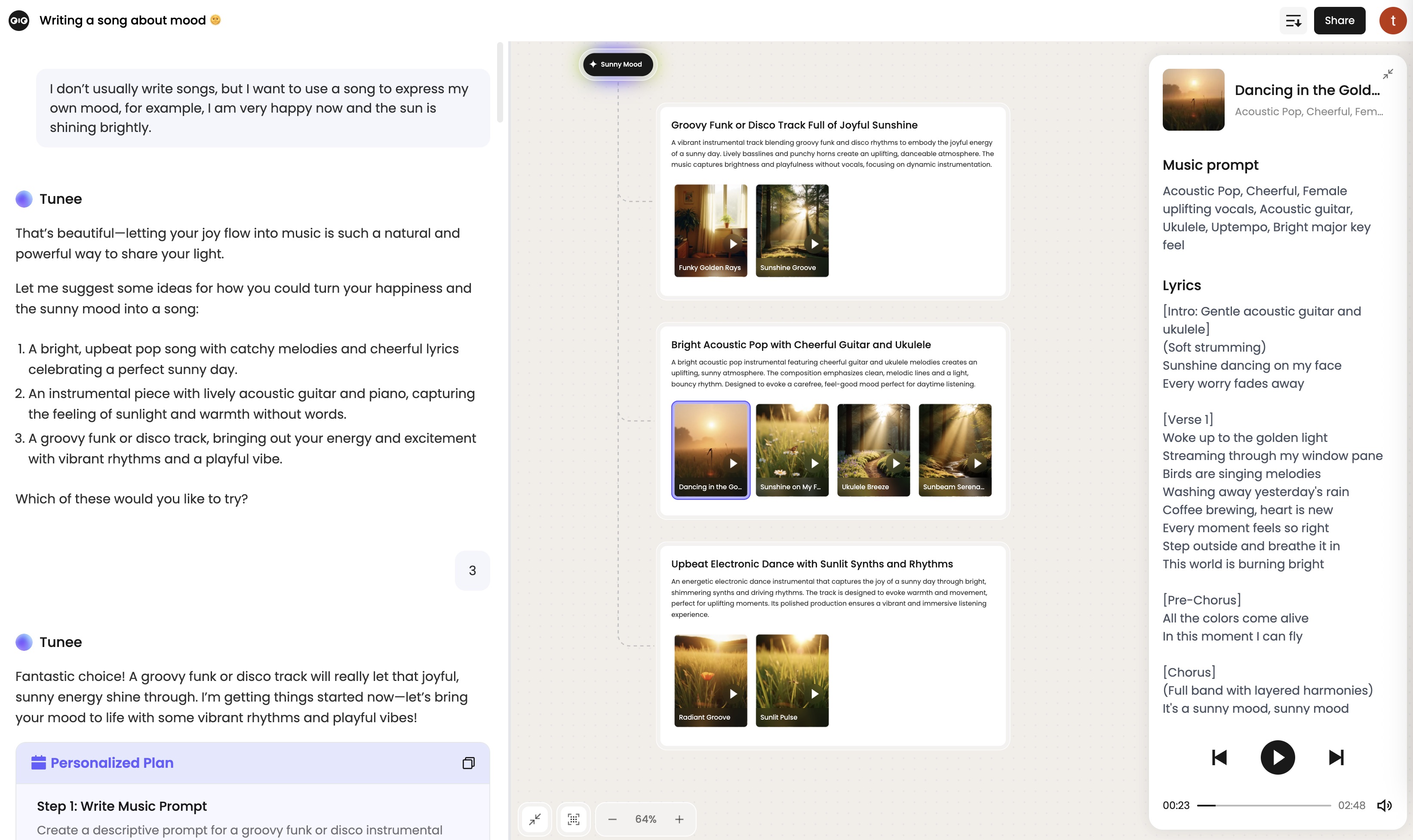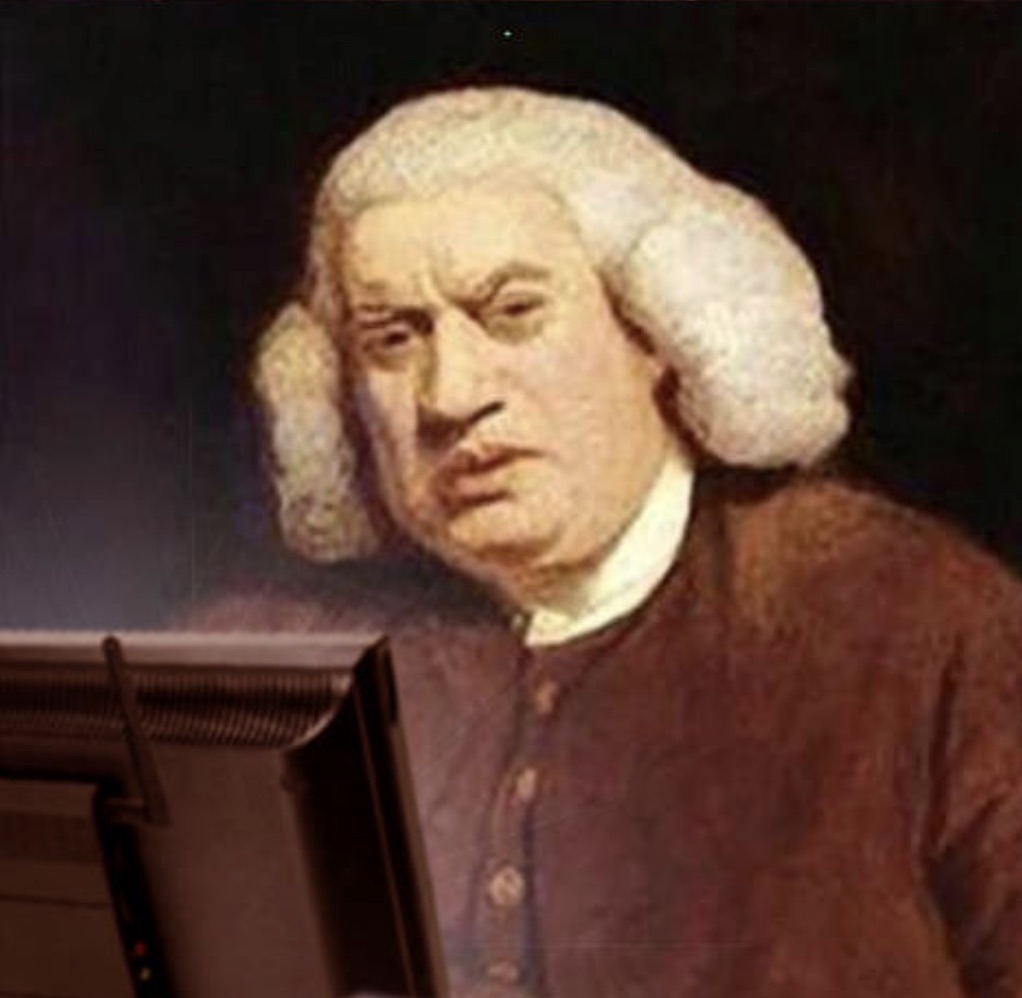AI can now make decent, impressive music. Check out Tunee and their example projects.

Tunee’s interface features a conversational input, a project diagram, and options to preview AI-generated music with lyrics. However, there’s no way to export stems or sheet music yet.
Out of curiosity, I impatiently splashed some random prompts on my keyboards into Tunee: the results were decent Bach, whimsical bouncy cool woodwinds, and a few suspiciously catchy ballads—of course, since AI is now quite good at generating lyrics:



Spooky.
How does this change music creation—and the industry?
Music (and dance, perhaps) is the most primal, direct expressions of emotion among all art forms (in my pov, literature sits closer to thought and language).
Music demands humanity. So, what happens when a few prompts and algorithms can produce something almost human? However fancy the generated music sounds, it still feels a bit like one of those perfectly formatted price theory problem set solutions.
Will musicians lose their jobs?
Probably not—but the landscape will shift in subtle ways. The first big challenge is legal: who owns the copyright to AI-generated music? Beyond that, the creative “bar” for making something new has been dramatically lowered.
Just as developers now rely on Copilot to avoid writing repetitive code, musicians might soon rely on AI to scaffold compositions or arrangements. That could be liberating—but also risky. Music is delicate; it thrives on nuance, personality, and emotion. If the barrier to entry drops too far, we might see the creative space flooded with disposable sound.
How does Tunee actually work?
The technical side is fascinating. I doubt Tunee generates music purely through a diffusion model—the audio quality feels too polished for that. More likely, it composes a score first and then renders it using a built-in instrument engine, something akin to GarageBand.
Still, it has clear limits: it can’t yet write a song based on a melody I provide. Maybe that’s next. And who knows—perhaps these tools might even improve the pop music landscape we have today.
We’ll see.